Optimal Timing for Asphalt Service
Understanding the optimal timing for asphalt service is essential for ensuring durability and longevity. The ideal period depends on climate conditions, temperature ranges, and moisture levels, which influence asphalt's ability to set and cure properly.
Spring is suitable for asphalt repairs due to moderate temperatures and increased daylight, allowing proper curing and minimizing pavement stress.
Summer offers warm weather ideal for asphalt installation and repairs, but extreme heat can cause softening, so timing during cooler parts of the season is preferable.
Fall is a good time to perform asphalt services before winter, as cooler temperatures help with setting, but early frost can hinder work progress.
Winter is generally unsuitable for asphalt work due to low temperatures and potential for frost, which can prevent proper curing and lead to damage.
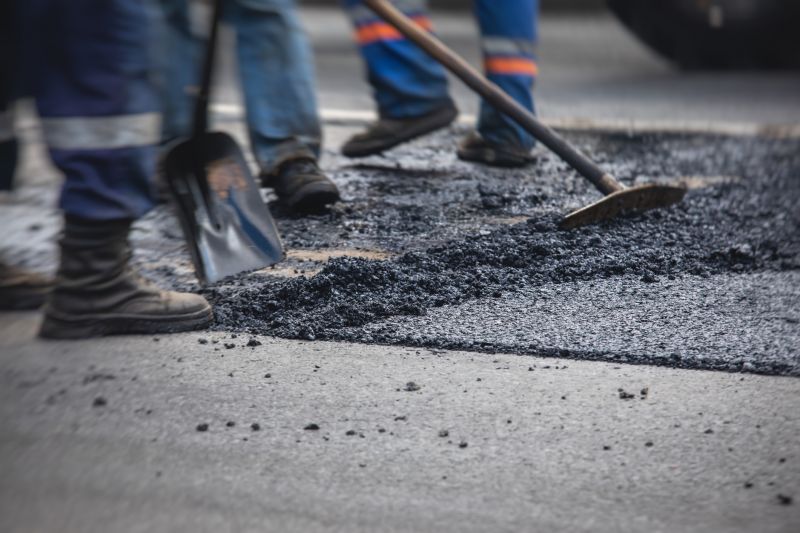
Ways to make Asphalt Service work in tight or awkward layouts.
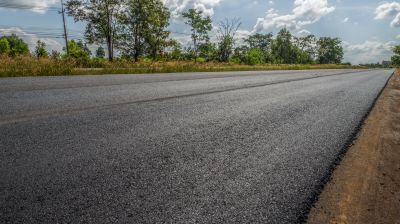
Popular materials for Asphalt Service and why they hold up over time.

Simple add-ons that improve Asphalt Service without blowing the budget.

High-end options that actually feel worth it for Asphalt Service.
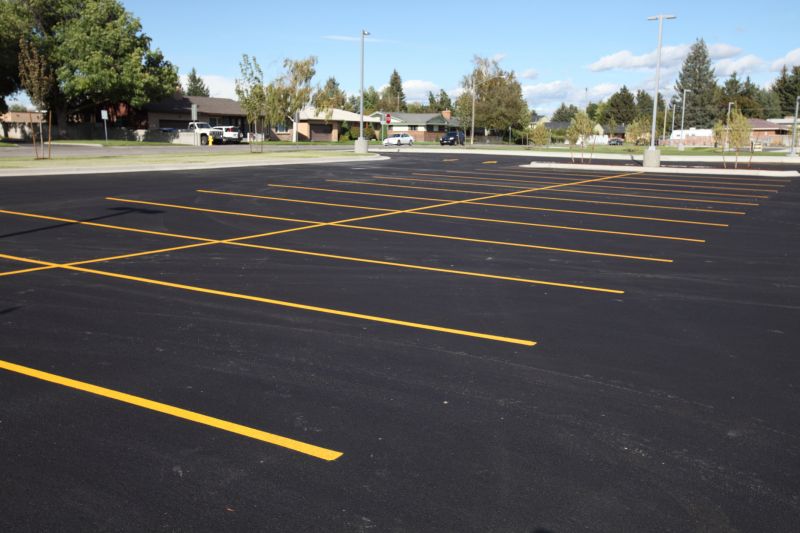
Finishes and colors that play nicely with Asphalt Service.

Little measurements that prevent headaches on Asphalt Service day.
Asphalt service involves various procedures including repair, maintenance, and installation. Proper timing ensures optimal results, reducing the likelihood of future damage. Seasonal considerations are critical, as asphalt requires specific temperature ranges to cure correctly. In warmer months, asphalt can be laid more efficiently, but excessive heat may require adjustments in application methods. Conversely, cooler months demand careful planning to avoid issues such as cracking or improper bonding.

A 60-second routine that keeps Asphalt Service looking new.

A frequent mistake in Asphalt Service and how to dodge it.
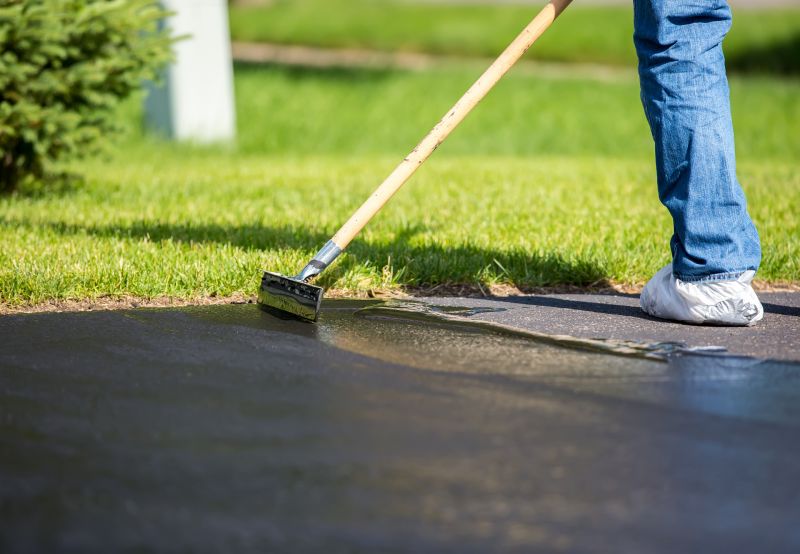
Small tweaks to make Asphalt Service safer and easier to use.
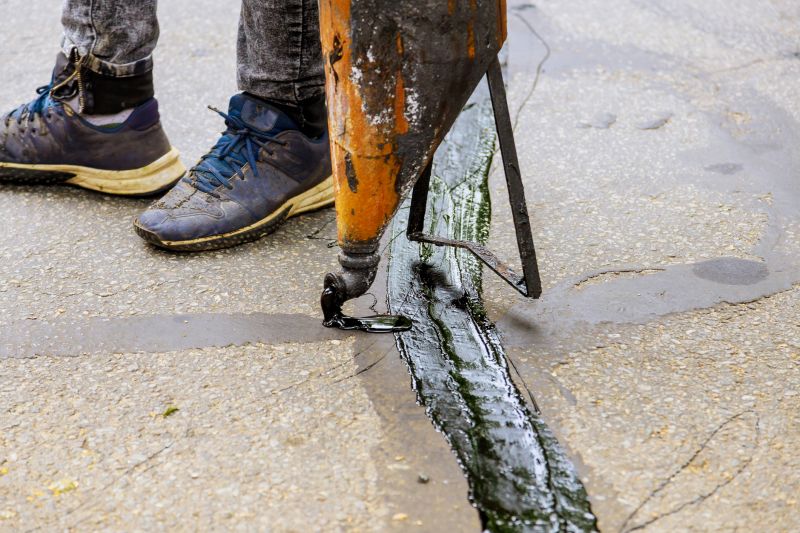
Lower-waste or water-saving choices for Asphalt Service.
| Season | Best Practices |
|---|---|
| Spring | Ideal for repairs; moderate temperatures aid curing. |
| Summer | Suitable for paving; avoid extreme heat. |
| Fall | Prepares pavement for winter; early frost can delay work. |
| Winter | Generally unsuitable; low temperatures hinder curing. |
Timing for asphalt service is influenced by local climate conditions. In Bellevue, Washington, the mild, wet winters and warm, dry summers create a window for effective asphalt work from late spring through early fall. Proper scheduling minimizes issues like cracking, softening, or improper bonding, ensuring long-lasting results. Regular maintenance during the optimal seasons can extend the lifespan of asphalt surfaces and reduce future repair costs.
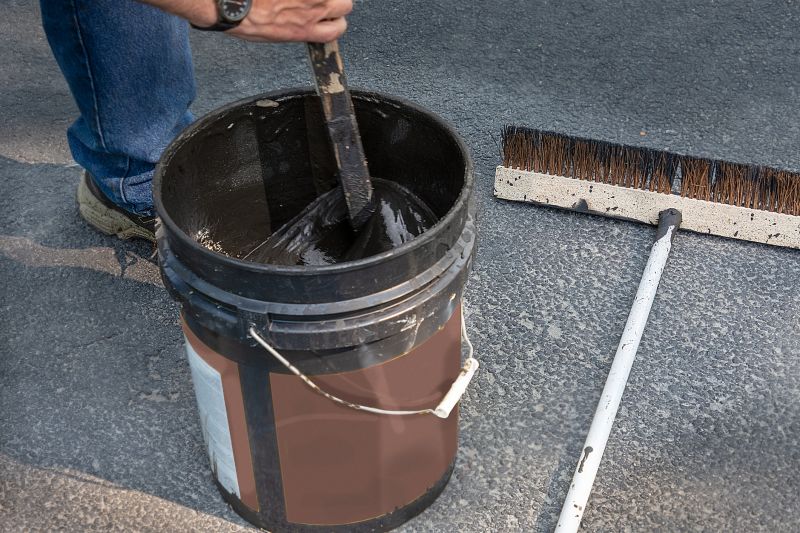
The short, realistic tool list for quality Asphalt Service.
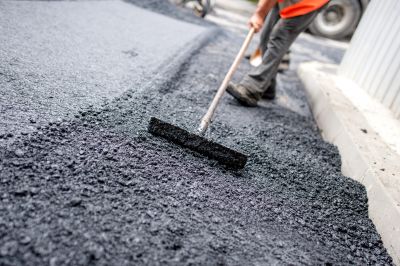
Rough timing from prep to clean-up for Asphalt Service.
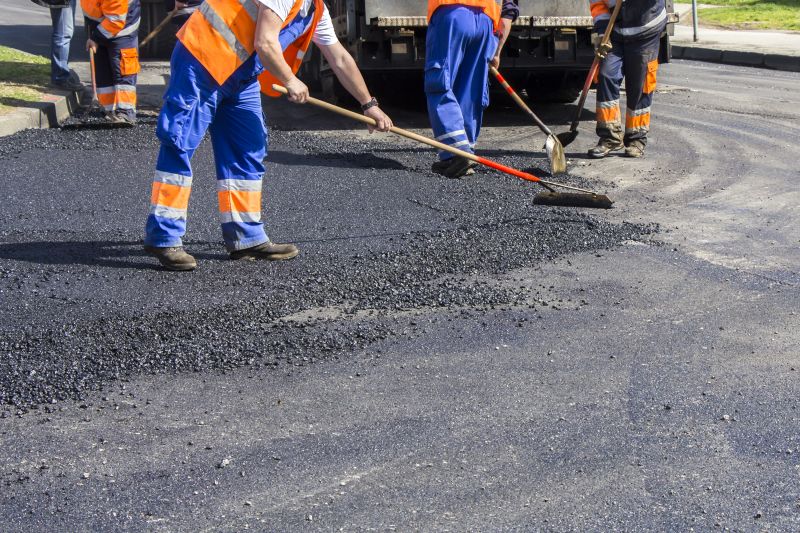
Quick checks and paperwork to keep after Asphalt Service.

Examples that show the impact a good Asphalt Service can make.
Interested parties seeking asphalt services should consider seasonal timing to achieve the best results. Contacting professionals during the appropriate season can ensure that repairs and installations are performed under optimal conditions. Proper planning and scheduling contribute to pavement durability and performance, making it a worthwhile investment for property maintenance.

